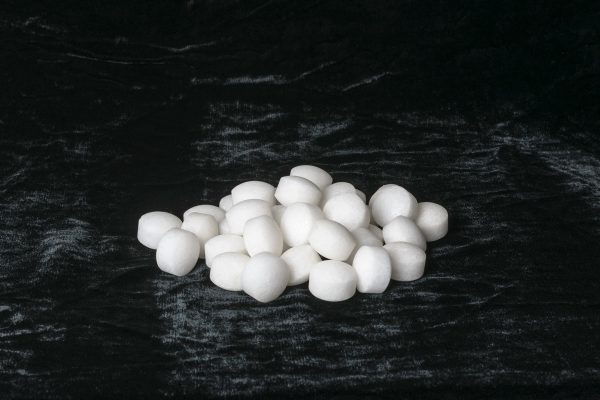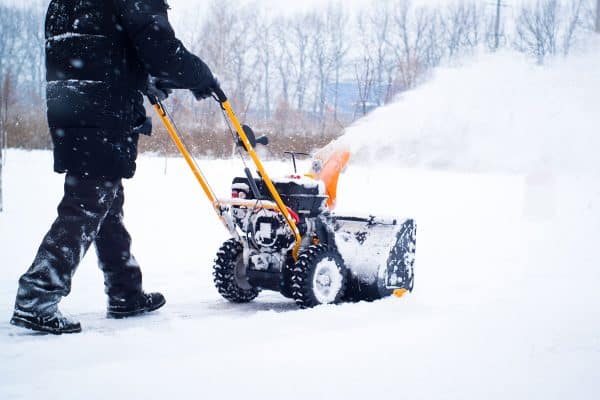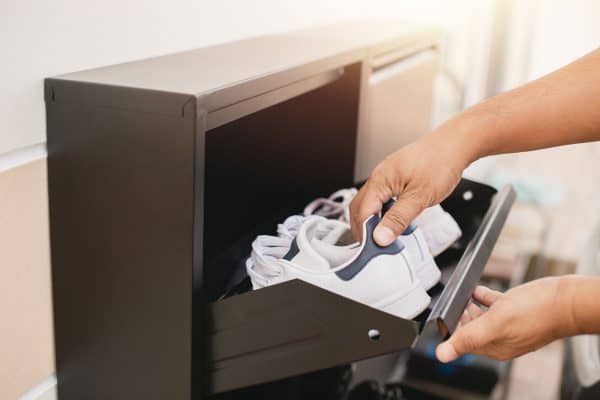Do you have old seeds left and you're wondering if you can still use them? Or are you planning to store your leftover seeds but don't know how long they last? Don't worry, we found these answers for you.
Typically, most seeds last for at least a year when stored in good condition. But some seeds last for 2-5 years depending on the plant type.
While it was mentioned that good storage conditions make seeds last long, what is the proper way to do it? What plant types last for more than a year when stored? What about flower seeds, how long do they last in storage? And how do you know if your seeds are still viable? Also, let's talk about what factors affect seed viability. Keep reading to know more about seed storage.
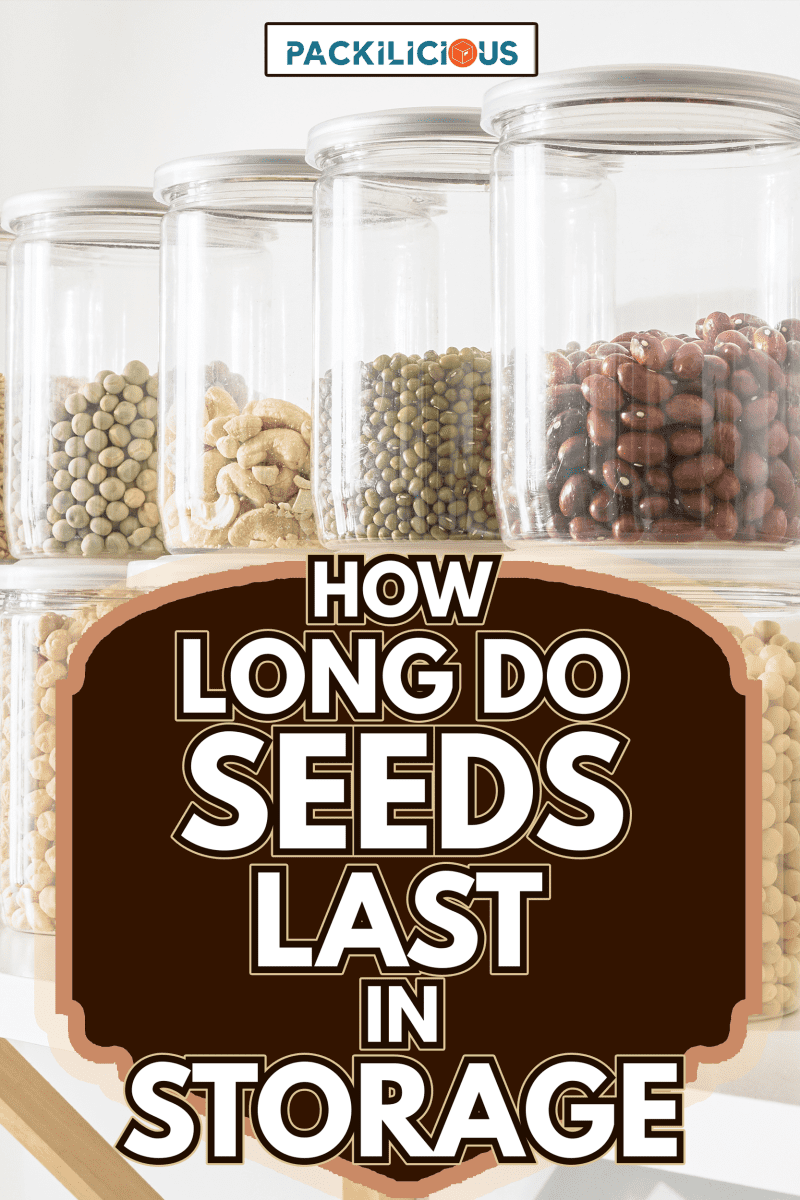
Seed Viability Of Different Vegetables
Here is a list of the seed viability of some plants.
| Seed Viability | Plants |
| 1-2 years | onions, peppers, parsley, corn, parsnips, leek, salsify okra |
| 3 years | asparagus, carrots, beans, peas, kohlrabi, Chinese cabbage, celery |
| 4 years | pumpkins, beets, watermelon, tomato, squash, turnip, |
| 5 years | broccoli, cabbage, cauliflower, lettuce, cucumber, muskmelons, spinach, radish |
How Long Do Flower Seeds Last In Storage?
Perennial flower seeds last for about five years while annual flower seeds usually last for only three years.
How To Properly Store Seeds?
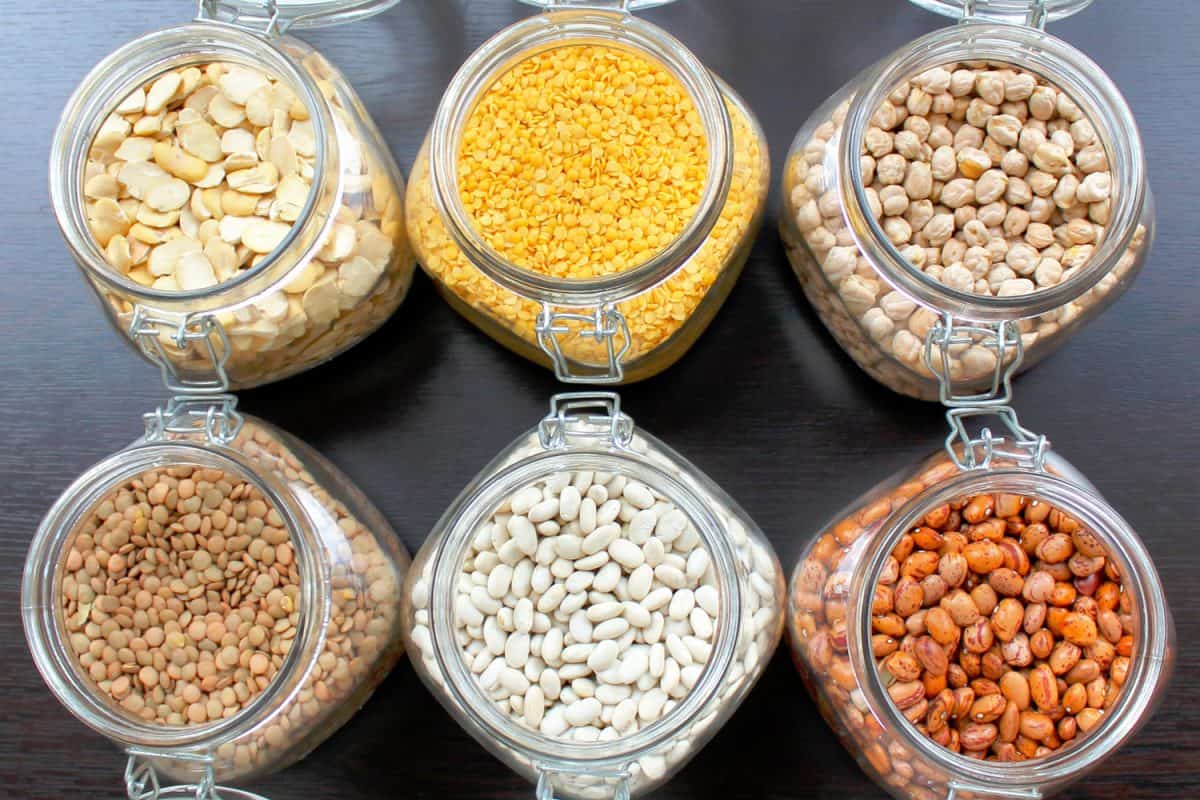
Here are some storage tips to extend the viability of your seeds:
- Keep seeds away from direct sunlight and in a cool, consistent temperature environment.
- Avoid keeping seeds in a non-climate-controlled environment.
- It's critical that your seeds are completely dry before storing them.
- Choose a pest-free storage location that you can monitor closely to ensure your seeds stay the same.
- Some seeds like carrots, onions, and parsnip have a naturally short life so freezing is a recommended storage practice.
How To Test If Seeds Are Still Viable?
To see if your seeds are viable, you need to do the seed viability test. Now, you may ask, what is a seed viability test? And how to do it?
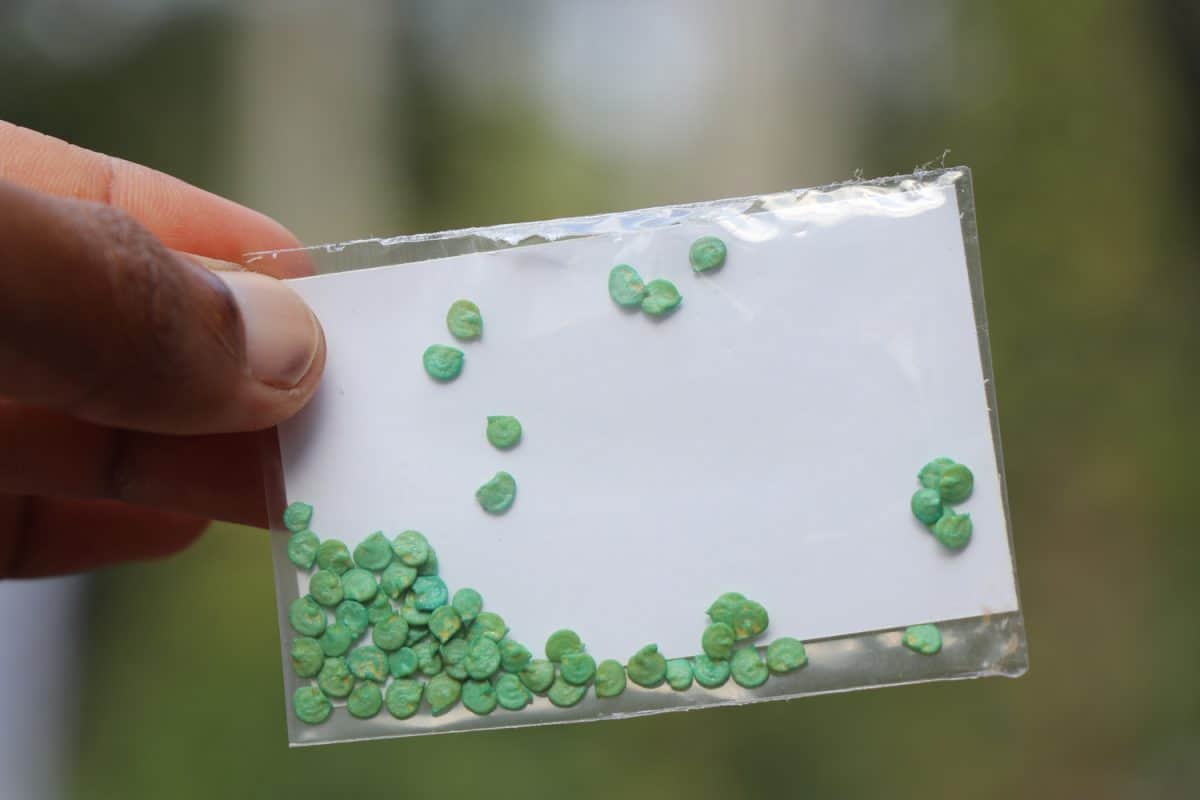
A seed viability test is any method for determining whether individual seeds in a sample appear to be dead or alive, allowing the proportion of viable seeds in a population to be approximated.
To do this, you need to prepare these materials:
- Water
- Paper towel
- Seeds (10 of each kind you want to test)
- Sealable plastic bag
- Marker
Now, to test your seed viability you can follow these steps:
- Soak a paper towel in water. But don't let it drip, just uniformly damp.
- Place the seeds in a row.
- Roll the paper towel with the seeds in it.
- Put the paper towel with seeds in a plastic bag.
- Make sure to mark the plastic bag with the date. If you tested multiple seed types, make sure to label them.
- Look for a place with a temperature of about 70°F and put the plastic bag in there.
- Check the bag daily. If you see the towel dry out, apply water to remoisten it.
- Check for germination after 7 days.
- After 10 days have passed, unroll the towel and see how many seeds have sprouted.
It is important to note that the result of this test will determine the germination rate of your remaining seeds. If the rate is below 70%, then most of your remaining seeds are not viable.
The seed should be fine to use if 70 to 90 percent of it germinates, but you should plant it a little thicker than usual.
What Factors Affect The Viability Of Seeds?
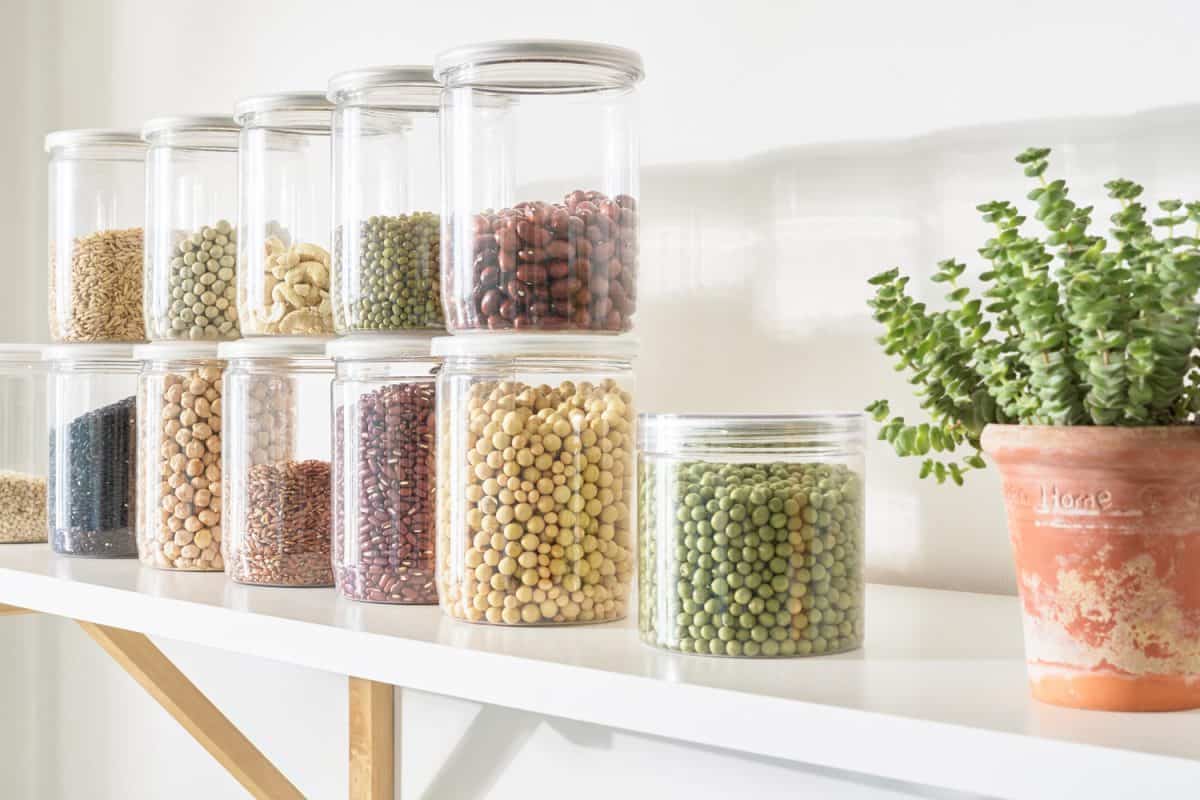
The viability of your seeds can be affected by their age, type, and storage practices. In addition, light, moisture, temperature, and pests also affect the viability of seeds. So, how do these factors affect them?
Age
For one to two years, all seeds will be viable. Germination rates for several types of seeds will diminish after two years, finally reaching nil.
Seeds don't survive forever, so stockpiling up for an emergency isn't a good idea.
Type
The type of seed you have will also affect its viability. Some seed types naturally have much longer viability compared to others.
Storage Practice
If seeds are stored properly and in perfect conditions, they can last longer than their expected viability.
Light
When it comes to keeping many organic items, sunlight is the worst enemy. Light encourages the little plant inside the seed.
A light source encourages plants to try to grow since they need sunlight just as much as they need soil.
Moisture
Moisture can also promote germination, which should come as no surprise. After all, light may not penetrate as far as a seed below the soil's surface, but moisture will.
The exterior seed wall can soften due to moisture, exposing the seed to the risk of rot. When it comes to good dormancy, this is your worst adversary.
Temperature
Because most seeds sprout at temperatures over 60°F, keeping your seeds below that temperature should avoid sprouting.
You risk your stored seeds not remaining dormant if the temperature is warm enough for the plant to germinate normally. They will decay more quickly in non-dormant environments.
Pests
It is common knowledge that pests, such as rodents, will destroy your seeds if given a chance.
Where Are The Best Places In Your Home To Store Seeds?
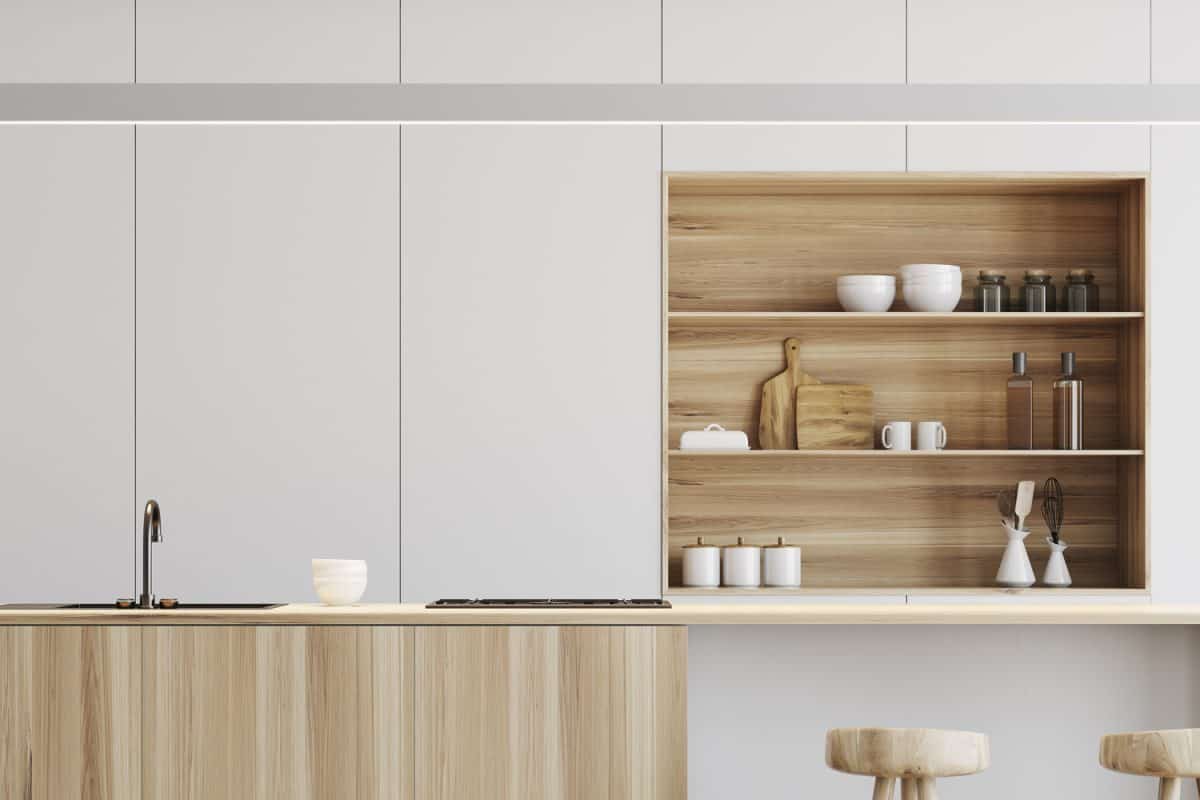
As mentioned, the best place to store your seeds is in a dry, dark, and constant temperature. Aside from your refrigerator or freezer, these are the best options where you can store your seeds:
- kitchen cupboard;
- garage;
- bedroom;
- basement; and
- closets.
However, you should always keep the humidity of your storage place.
Can You Freeze Seeds And How To Store Them?
Yes, you can freeze your seeds! Even seed banks do this storage practice. Freezing is best if you want to keep your seeds for a long time.
If you want to preserve your seeds either for short-term or long-term storage, freezing them can help you achieve this. To freeze your seeds, you must:
- Ensure that the seeds are dry and clean.
- Place the seeds in an airtight container and label them and put the date.
- Place the container near the back of the refrigerator to protect the seeds from temperature fluctuation.
- When it's time to plant the seeds, take them out and allow them to thaw for at least a day.
What Are The Best Storage Containers For Your Seeds?
One of the most critical parts of the storage process is your container. But it is not economical to buy an expensive one when you can use items that can be found in your home.
Here are some container options you can use:
1. Pillbox
When you need to keep a modest amount of a diverse variety of seeds, a pillbox is a suitable option. Don't forget to put labels for your different kinds of seeds.

Click here to see this product on Amazon
2. 8-Track Case
An innovative seed storage system can be made out of an old 8-track case that properly holds envelopes.


Click here to see this product on Amazon
3. Photo Album
Simply place seed packets in the photo sleeves. You may also add notes about the seeds and organize them by planting date.


Click here to see this product on Amazon
4. Filing Cabinet
A filing box provides space for labels and details for each seed group.


Click here to see this product on Amazon
5. Photo Organizer
Each sleeve of this photo organizer could hold a large number of packets. You could sort them by flower or food type, planting date, or family.


Click here to see this product on Amazon
6. Recycled Boxes Turned Organizer
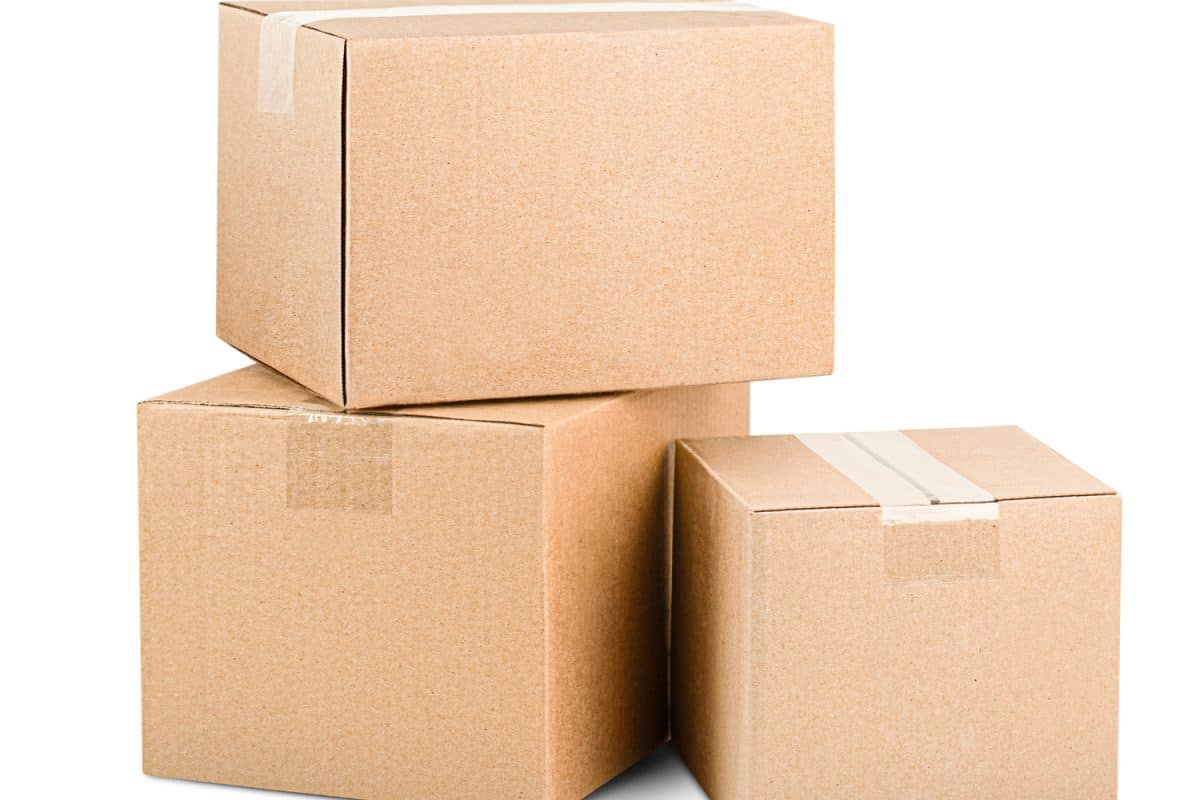
Making your seed storage containers is advantageous since you may personalize the organizer to meet your specific needs.
7. Foam Board Organizer
This container appears to be more sturdy and would stack well in your garage or attic.
8. Mason Jar
Seed packets stored in a jar can be easily sealed and even contain silica packets if desired.


Click here for this product on Amazon
9. Plastic Baggies
These resealable bags can also be used to store seeds, and they can be kept in drawers or baskets.


Click here for this product on Amazon
Seeds can be stored in a variety of ways. The main thing is to choose whatever would work best for your organizing style, from the intricate to the simple and everything in between.
Final Thoughts
Although seeds naturally last for at least a year and some up to 5 years, it is important to practice proper storage to ensure that they would last whether you want them to store for a short period or a long one.
In addition, always keep in mind that the best storage place for your seeds is in a dry and dark place with a stable temperature. Moreover, you can be creative and use things that are available in your home to contain your stored seeds.
Before you leave, if you want to learn more about food storage, you can read these related articles:
Can You Store Coffee In Mylar Bags?

